Providing homeowners with a natural refuge in their space, house plant cultivation has been an increasingly popular pastime. From the various forms of care available to house plants, one can single out magnesium sulfate as a simple but effective method to improve indoor plants’ well-being and vitality. Epsom salt is rich in magnesium and sulfate, which helps in nutrient intake while encouraging plant blooming and overall growth. In this article, we will learn the advantages of using Epsom salts for your indoor plants, how to incorporate them into your gardening routine properly, and some practical recommendations on how to make your household herbs flourish, even if you have no experience. For both experienced gardeners and beginners alike, this text will teach you more about indoor gardening.
What are the benefits of using epsom salt for indoor plants?
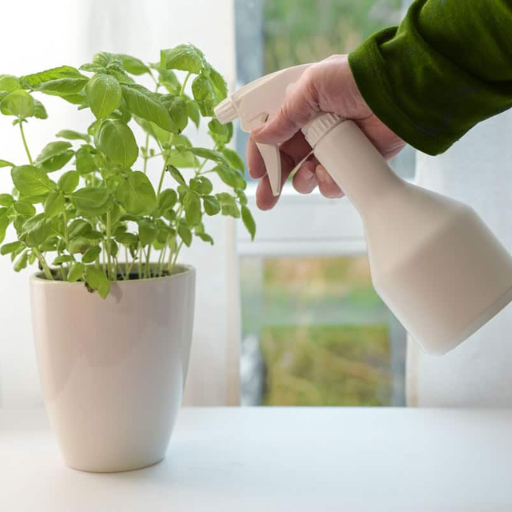
What are the ways that Epsom salt improves plants’ health?
The high magnesium content in Epsom salt is one of the main factors responsible for enhancing plant health. Magnesium is a major nutrient that helps in photosynthesis, which is how plants convert sunlight into energy. It also increases other nutrients, such as nitrogen and phosphorus uptake, which ensures a balanced diet. In addition, it boosts fruit and flower production due to its sulfate component, which is beneficial for flowering plants. If you want healthier growth, vibrant blooms, and enhanced resilience among your indoor plants, include Epsom salt in your care routine.
Which nutrients does epsom salt provide to houseplants?
Magnesium sulfate, better known as Epsom salt (MgSO₄), provides two vital nutrients to houseplants: magnesium and sulfate.
- Magnesium (Mg): This element plays a crucial role in chlorophyll synthesis, without which photosynthesis wouldn’t happen. It also activates many plant enzymes essential for critical biochemical processes such as protein formation or energy transfer. Good healthy growth with a lush green color often occurs when most indoor plant soils have about 0.2%-0.4% magnesium concentrations.
- Sulfate (SO₄²⁻): Sulfate is used in the formation of specific amino acids, proteins, and enzymes and the synthesis of plant hormones. Moderate sulfate levels, usually around 0.1 to 0.3% in soil, promote good root development and impart resistance against diseases.
Epsom salt supplementation can improve nutrient uptake by houseplants, thereby leading to more resilient plants with better overall growth.
Is epsom salt good for potted plants?
Definitely! Using Epsom salts on my potted plants has helped them greatly because they contain magnesium and sulfur, naturally found within them, supporting their photosynthesis needs and root development. Regarding enhancing blooms and overall growth, I employ Epsom salt to increase nutrient uptakes, particularly for flowering plants. However, I do not apply more than is required because maintaining a healthy soil and plant condition lies in balance. This has enabled me to create potted plants that are both vibrant and resilient by combining Epsom salts with average watering.
How do you use epsom salt on indoor plants?
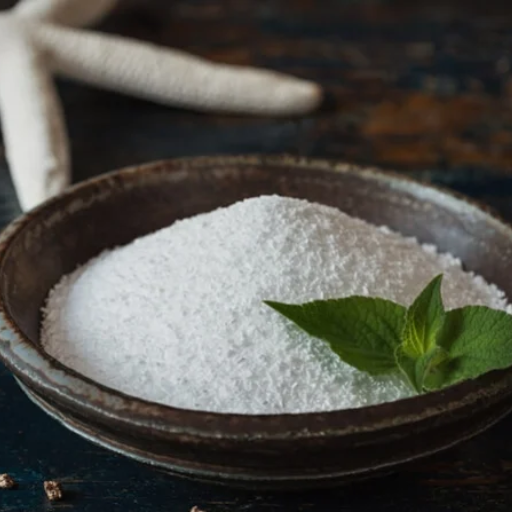
What is the right amount of epsom salt to use?
In my practice, adding one or two teaspoons of Epsom salt per gallon of water for indoor plants is good. Doing so ensures that your plants will get enough magnesium and sulfur without risking overfertilization. These tips are on most gardening-related websites, including The Spruce, Gardening Know How, and Home Guides.
In my experience:
- 1-2 teaspoons per gallon of water: At this level, the plant gets enough magnesium and sulfur without being overwhelmed by them.
- 1 tablespoon per 5 gallons of soil: This large dilution is used when there are many plants in a container or when larger containers are being utilized to spread the nutrients evenly.
This has worked for me as I have noticed that my plants tend to flourish when they bloom better after applying Epsom salt.
How often can you use epsom salts?
In my experience, using Epsom salts once every four to six weeks suits my indoor plants well. Without overdoing it, it ensures the constant availability of magnesium and sulfate throughout their growth cycles. Asgardening.com states that this frequency gives the best results in terms of nutrition and helps prevent the build-up of any single nutrient due to excesses. When monitored closely, plants that show healthy foliage and vigorous blooms respond positively to this treatment.
Can I fertilize with epsom salts?
Yes, I can utilize Epsom salt as a fertilizer because it acts as an additive that supplies essential nutrients such as magnesium and sulfur required by various crops. These include increasing chlorophyll production through enhanced nutrient uptake (Gardeningknowhow.com), a key component for photosynthesis, according to Gardening know-how, and spruce, among others.
Let’s look at some technical parameters based on these sources:
- Application Rate: So far, I have seen suggestions like one tablespoon of Epsom salt per 5 gallons of soil or 1-2 teaspoons per gallon of water. Doing so ensures plants get enough magnesium without causing any toxicity or over-fertilization.
- Plant Types: For example, tomatoes and peppers, roses with better growth and blooms.
Following these guidelines, I have successfully incorporated Epsom salt into my gardening routine and noticed healthier plants and bountiful yields.
Can epsom salt harm your plants?
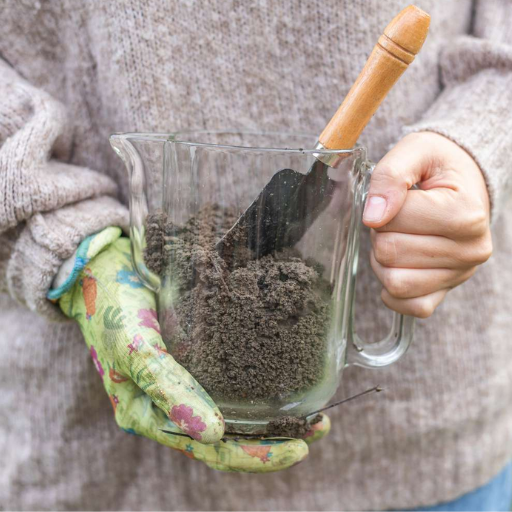
What are the indications that show overuse of epsom salts?
When I misuse Epsom salt, I watch out for signs indicating that my plants could be harmed. One of the most pronounced symptoms is yellow leaves appearing, which may mean that nutrients are not balanced. Also, should any wilting or slow growth occur, it might indicate more magnesium than necessary in the plant, resulting in inefficient water absorption. Another sign would be white residues accumulating on the leaf or soil surfaces, indicating an overdose of fertilizer. By observing these symptoms closely, I can change my usage and ensure my garden remains healthy.
Do some plants hate epsom salt?
While using Epsom salt helps many plants, some species do not like it, as proven by experience. For example, this beneficial compound isn’t always welcomed by much more sensitive members, such as succulent plants and culinary herbs such as basil and cilantro, which have high intake potential for magnesium salts (Riley & Barber 2017). They might show signs of nutrient imbalance or grow poorly if they receive too much Epsom salt. Additionally, members of the Brassica family, including broccoli and cabbage, usually prefer a more balanced nutrient profile and may not require additional doses of magnesium. I always look up individual species’ nutrient requirements to ensure optimum health before applying Epsom salts in my regular gardening routine.
How can nutrient deficiencies in potted plants be treated with epsom salt?
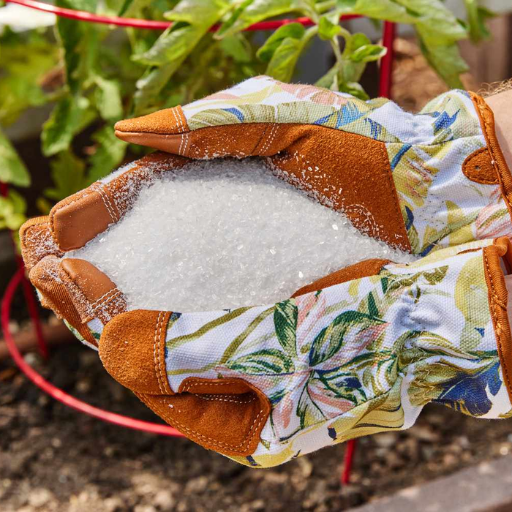
What helps magnesium deficiency in plants?
Magnesium sulfate, commonly known as Epsom salt, is a potent cure for magnesium deficiencies in crops. When dissolved in water, it releases magnesium and sulfate ions that rootlets can easily absorb. Magnesium is essential for producing chlorophyll, enabling photosynthesis to occur more efficiently; it activates enzymes involved in nutrient absorption and energy transfer.
- Chlorophyll production improves: Plants produce green pigments called chlorophylls, a central component of photosynthesis. Inadequate amounts of this mineral make plants’ leaves yellow and stunted.
- Increases nutrient uptake: Magnesium aids the movement of nutrients within a plant, increasing its capacity to take up vital elements such as nitrogen, phosphorus, and potassium. This aspect is very important for a plant’s general health and productivity.
- Soil pH gets corrected: This salt restores proper soil pH, enhancing the environment and facilitating nutrient availability. A 6-7 pH level is usually best suited to enable most plants to absorb foodstuff efficiently.
In conclusion, Epsom salts can help correct magnesium deficiencies considerably, enabling healthier development and better vigor among affected plants.
How could epsom salt improve chlorophyll synthesis?
Epsom salt increases chlorophyll production by providing available Mg2+ ions for forming this pigment. This results in increased creation of chlorophyll when I dissolve Epsom salts in water, whereby they supply Mg that dissolves quickly into my plant’s roots, promoting their formation. This augmented amount of chlorophyll gives my plants bright green color and enhances their ability to photosynthesize well enough. Moreover, with sufficient magnesium levels, my crops will have better ways to absorb other essential minerals, supporting their general growth rate.
What does epsom salt do with yellow foliage?
One possible way I could deal with yellow foliage in my crops is the application of Epsom salt, which supplies magnesium. Yellow leaves are a sign of low levels of photosynthetic chlorophylls, which means that my plant lacks enough magnesium. To remedy this, I add some Epsom salt to restore soil Mg quantities, making plants regain their green color and overall look. Further, Epsom salts also improve nutrient intake for such eras as when the leaves turn yellow. Through this approach, I can ensure that my plants grow well with strong, healthy green leaves.
How much epsom salt per gallon of water should you use for houseplants?
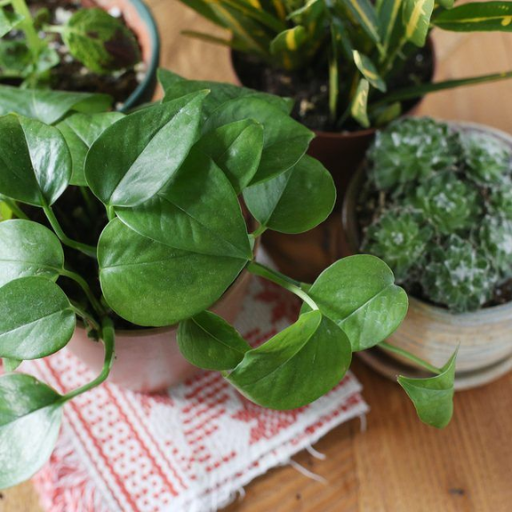
What’s the best way to dilute epson salt for indoor plants?
Usually, I mix around one tablespoon of Epsom salt per gallon of water for my indoor plants. Many gardening websites support this concentration ratio, suggesting it allows optimum nutrient absorption without overwhelming the plants. Every month or so, I use this blend on my potted plants because it provides enough magnesium and prevents any possible nutrient burn. When making the solution, I dissolve Epsom salt in warm water until it is completely dissolved, increasing its availability to the plant. A watchful eye on plant health helps me adjust frequency and dilution rates to maintain a vibrant look.
Is one tablespoon of epsom salt per gallon better?
Based on what I have learned from popular garden blogs and other sources of information like Gardeningknowhow.com, using one tablespoon of Epsom salt with every gallon is generally the most effective method when dealing with houseplants. To avoid damaging plants through excess magnesium accumulation, website owners usually do not recommend anything more than 1 tbsp/gallon (4 L) rate for regular spraying within (every 4-6 weeks) periods, allowing uptake of nutrients while maintaining good plant health . However, I commonly observe how my houseplants react and accordingly modify application intervals, but overall, they thrive undamaged.
How do you make an epsom salt solution for potting soil?
My plan is simple: Mix some Epsom Salts with your potting soil before planting your seedlings. Then, put a pint jar full of hot water on top and let it sit overnight or longer if time allows. No lumps should be left after this process since everything has been fully absorbed now! According to leading gardening experts online who I have consulted with over the years about such issues, such a dosage will give us the correct magnesium levels at low chances of nutrient burn. This method should be repeated every month between April and September, as advised by horticulturalists, so your plants are always healthy. As I observe my plants, I fine-tune the interval according to individual requirements so that they look fresher.
Reference sources
Frequently Asked Questions (FAQs)
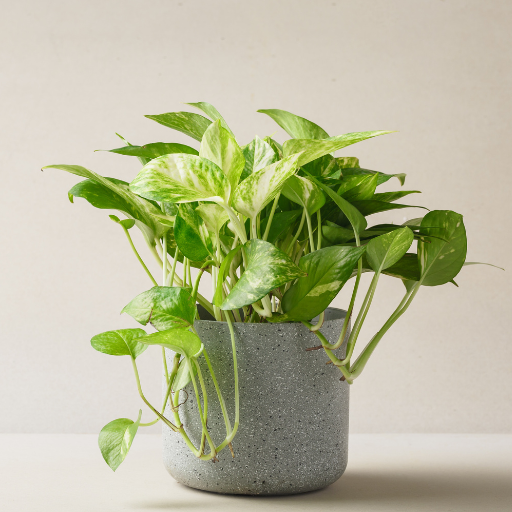
Q: What are the benefits of using Epsom salt for indoor plants?
A: Epsom salt for plants provides magnesium and sulfur, two essential nutrients. These nutrients help plants grow, produce blooms, and improve overall health. Using epsom salt on plants can particularly benefit houseplants showing signs of nutrient deficiency.
Q: How do I use Epsom salt on my plants?
A: To use epsom salt on plants, dissolve 1-2 tablespoons of Epsom salt in a gallon of water and soak the soil around the base of the plants. This solution can be particularly effective for garden soil and house plants needing a magnesium boost.
Q: Can Epsom salt help with chlorosis in plants?
A: Epsom salt can help with chlorosis, a condition where leaves turn yellow due to magnesium deficiency. By adding epsom salt to the soil or as a foliar spray, you can address interveinal chlorosis and improve the health of your plants.
Q: Is Epsom salt safe to use on all indoor plants?
A: While epsom salt is generally safe, it’s important to never apply epsom salt without conducting a soil test first. Some plants may not require additional magnesium, and excess can be harmful. Always dilute the salt properly and observe your plants for any adverse reactions.
Q: How often should I add Epsom salt to my indoor plants?
A: Adding epsom salt to indoor plants is typically recommended once a month. However, monitoring your plants’ needs and performing soil tests can provide a better guide for frequency.
Q: Can Epsom salt be used as a fertilizer for tomato plants?
A: Yes, Epsom salt is beneficial to tomato plants. It supplies magnesium, essential for photosynthesis, helping improve the plant’s growth and yield. Add Epsom salt during planting and as a periodic supplement.
Q: Will Epsom salt kill my plants if used improperly?
A: Epsom salt can harm plants if overused. Not diluting Epsom salt properly or using it excessively can lead to salt buildup in the soil, damaging or even killing your plants. Always follow recommended guidelines and monitor your plants closely.
Q: Are there any plants that particularly benefit from Epsom salt?
A: Plants like roses, tomatoes, and peppers benefit significantly from adding Epsom salt due to their higher magnesium needs. However, it also benefits many other indoor and outdoor plants.
Q: Can I use Epsom salt in my garden and indoor plants?
A: Absolutely! Epsom salt in the garden can be just as beneficial as using it for indoor plants. It benefits garden soil by improving nutrient absorption and promoting healthy plant growth. Always use quality epsom salt and follow proper application methods.
Q: How do I know if my plants need Epsom salt?
A: Signs that your plants need Epsom salt include yellowing leaves, particularly with green veins (interveinal chlorosis), and overall poor growth. Conducting a soil test can confirm if magnesium deficiency is the issue.







